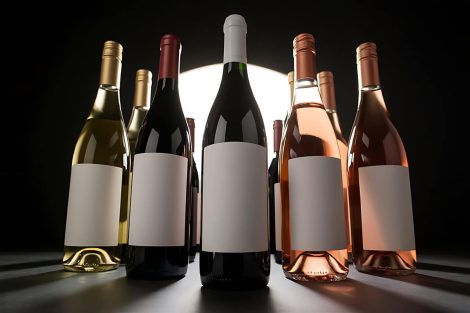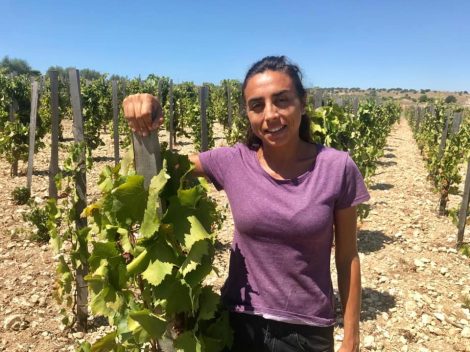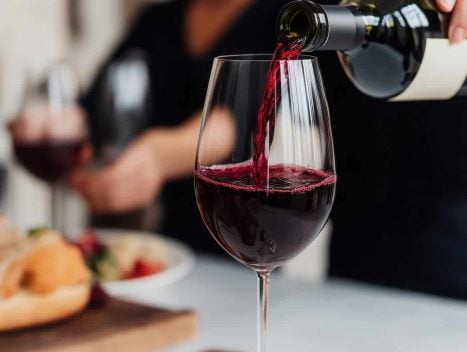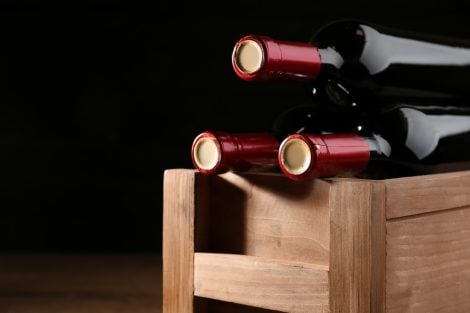Thumbing through the pages here you’ll find a number of new wineries, and the return of some that seemed to have lost their way. By no means should this volatility be seen as a weakness. Quality is improving in the region and Marche’s wine industry is made up primarily of a solid network of small-medium sized producers, with competition pushing everyone to do their best. Large and small producers alike have to prove their worth to be included in this snapshot of a region made up of about a thousand wines and more than two-hundred wineries. This year our tastings turned up some interesting considerations. Marche’s reds (in particular those from the southern part of the region) are showing a nice mobility brought about by fresher aromas and less concentration. It’s not an easy feat when you’re working with grapes like Montepulciano. We also noticed the desire of some districts to set in motion a ‘virtuous cycle’. We’re thinking in particular of Bianchello del Metauro and Colli Maceratesi Ribona, where the results are increasingly convincing. And it’s in this light that readers should interpret the first Tre Bicchieri for a Lacrima di Morro d’Alba. It’s been years that this small appellation has been showing signs of vitality, thanks to new interpreters and constant investment. Origiolo di Marotti Campi manages to bring together complexity with the cultivar’s trademark aromatic qualities. We’re also happy to point out awards for two wineries that are emblematic of their respective districts: Moroder (which represents Conero with their 2015 Dorico) and Pollenza (which represents Macerata with their 2015 Pollenza). Rosso Piceno celebrated its 50th anniversary in the best possible way with some three wines taking home top marks (thanks to the appellation’s iconic producers, De Angelis, Le Caniette and Velenosi). And a trio also represented Offida Pecorino. In addition to the young offshoots Simone Spinelli and Marco Santori, there’s the wine that pays homage to Guido Cocci Grifoni, artificer of the wine’s rescue from oblivion. Awards for Verdicchio make less noise by now. There were a number of recognitions from the most inspired producers, but also a number of ‘repeats’, as in the cases of Sparapani, Casalfarneto and Santa Barbara.
Castelli di Jesi Verdicchio Cl. San Paolo Ris. ’16 - Pievalta
Castelli di Jesi Verdicchio Cl. San Sisto Ris. ’16 - Fazi Battaglia
Castelli di Jesi Verdicchio Cl. Tardivo ma non Tardo Ris. ’16 - Santa Barbara
Castelli di Jesi Verdicchio Cl. V. Il Cantico della Figura Ris. ’15 - Andrea Felici
Conero Dorico Ris. ’15 - Alessandro Moroder
Il Pollenza ’15 - Il Pollenza
Lacrima di Morro d’Alba Sup. Orgiolo ’16 - Marotti Campi
Offida Pecorino ’17 - Tenuta Santori
Offida Pecorino Artemisia ’17 - Tenuta Spinelli
Offida Pecorino Guido Cocci Grifoni ’14 - Tenuta Cocci Grifoni
Piceno Sup. Morellone ’13 - Le Caniette
Rosso Piceno Sup. Oro ’15 - Tenuta De Angelis
Rosso Piceno Sup. Roggio del Filare ’15 - Velenosi
Verdicchio dei Castelli di Jesi Cl. Sup. Grancasale ’16 - CasalFarneto
Verdicchio dei Castelli di Jesi Cl. Sup. Il Priore ’16 - Sparapani-Frati Bianchi
Verdicchio dei Castelli di Jesi Cl. Sup. Misco ’17 - Tenuta di Tavignano
Verdicchio dei Castelli di Jesi Cl. Sup. Podium ’16 - Gioacchino Garofoli
Verdicchio dei Castelli di Jesi Cl. Sup. V. V. ’16 - Umani Ronchi
Verdicchio dei Castelli di Jesi Cl. Sup. Ylice ’16 - Poderi Mattioli
Verdicchio di Matelica Mirum Ris. ’16 - La Monacesca
Verdicchio di Matelica Vertis ’16 - Borgo Paglianetto

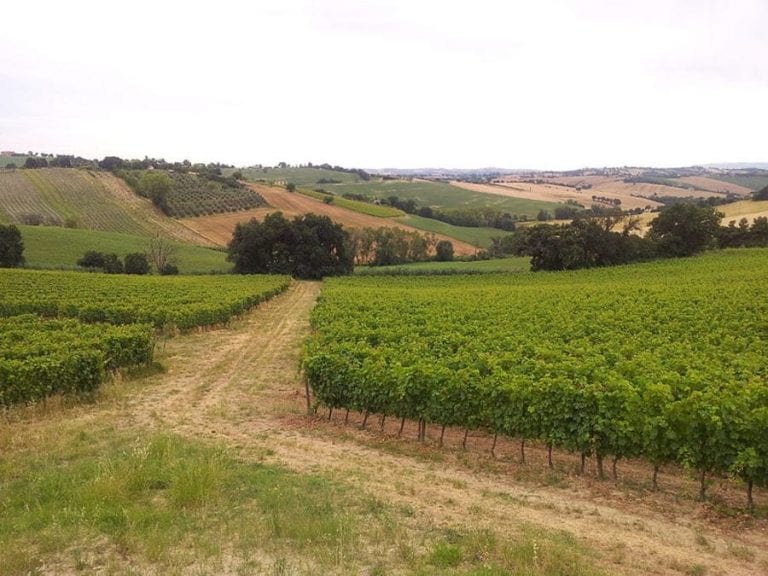

 Fewer bottles, more by-the-glass: how to build the wine list of the future
Fewer bottles, more by-the-glass: how to build the wine list of the future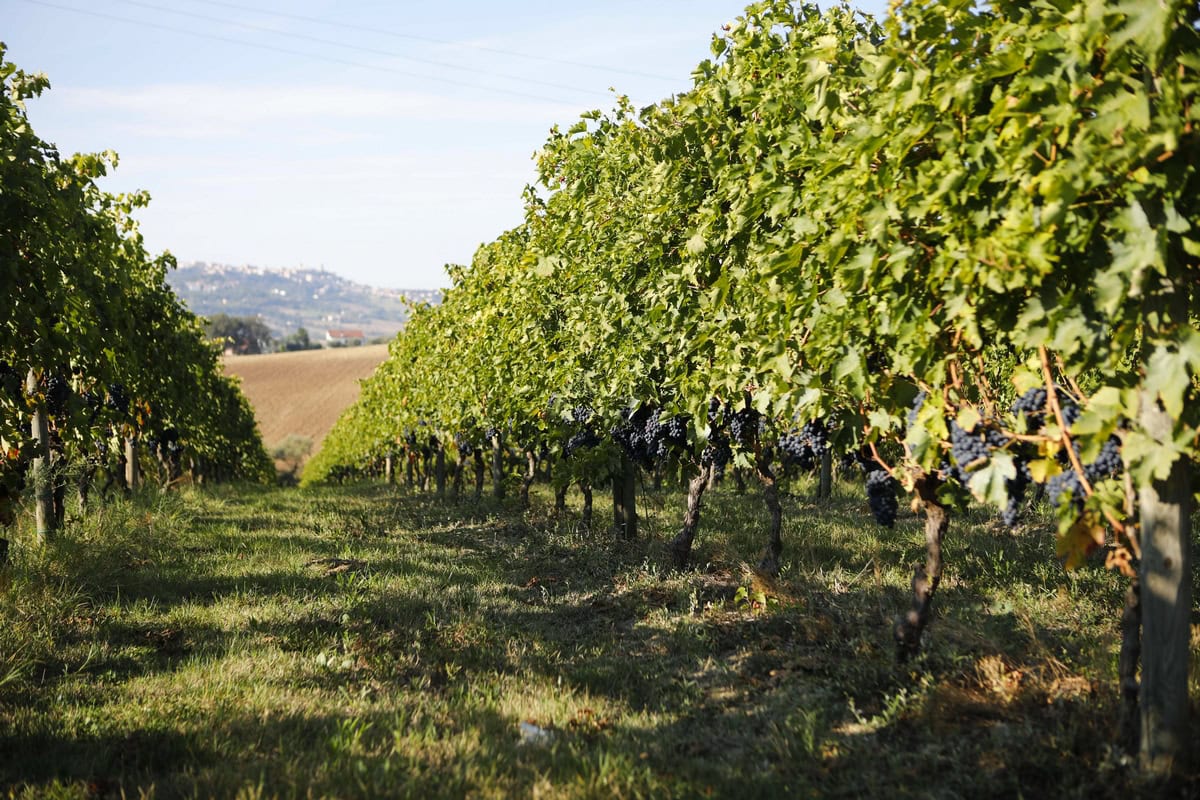 The Moncaro collapse impacts Marche wines. But average price rises
The Moncaro collapse impacts Marche wines. But average price rises Trump’s first trade war cost Americans $27 billion. USDA analysis
Trump’s first trade war cost Americans $27 billion. USDA analysis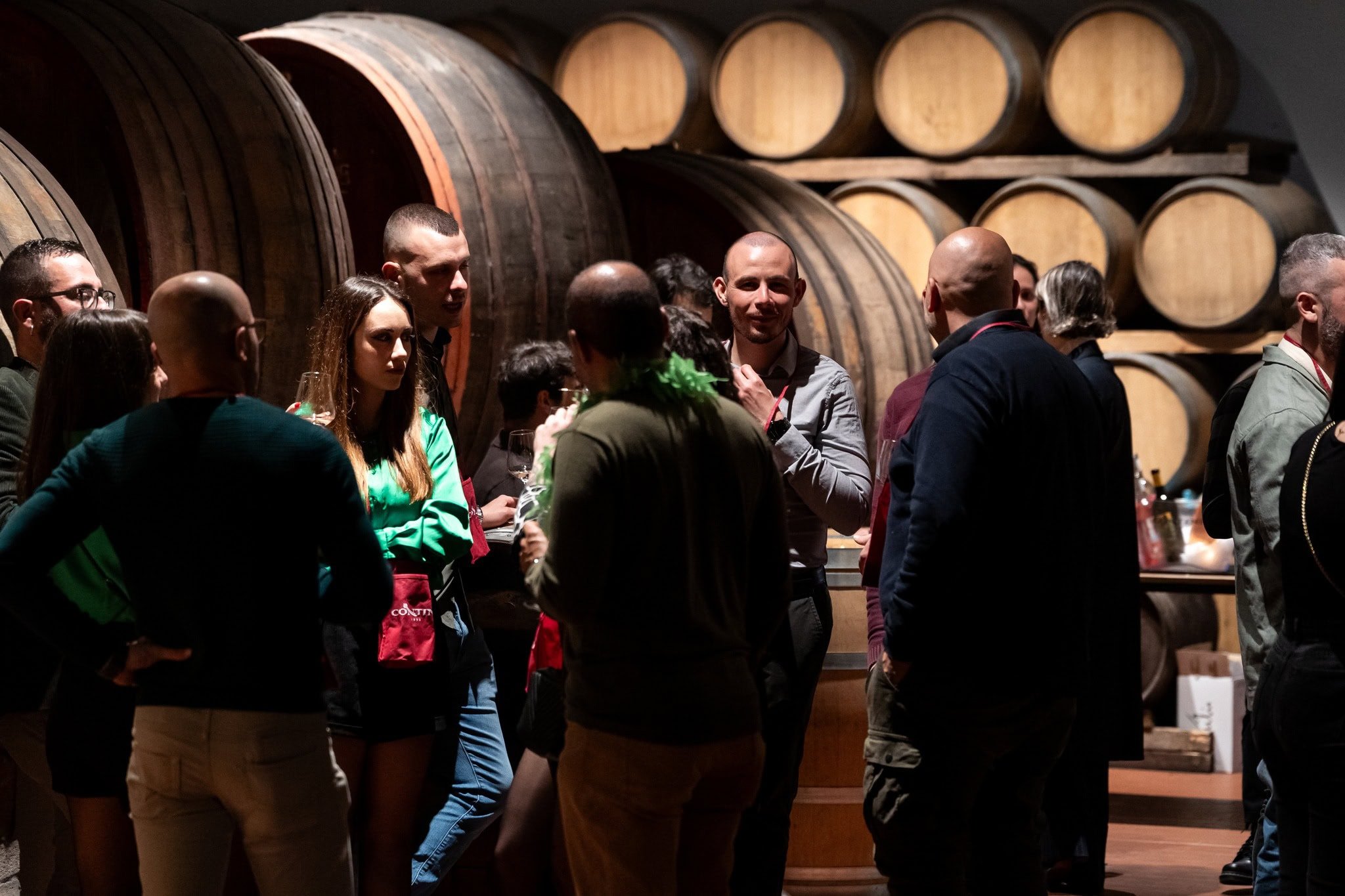 Here are ten Rare Wines you absolutely must try
Here are ten Rare Wines you absolutely must try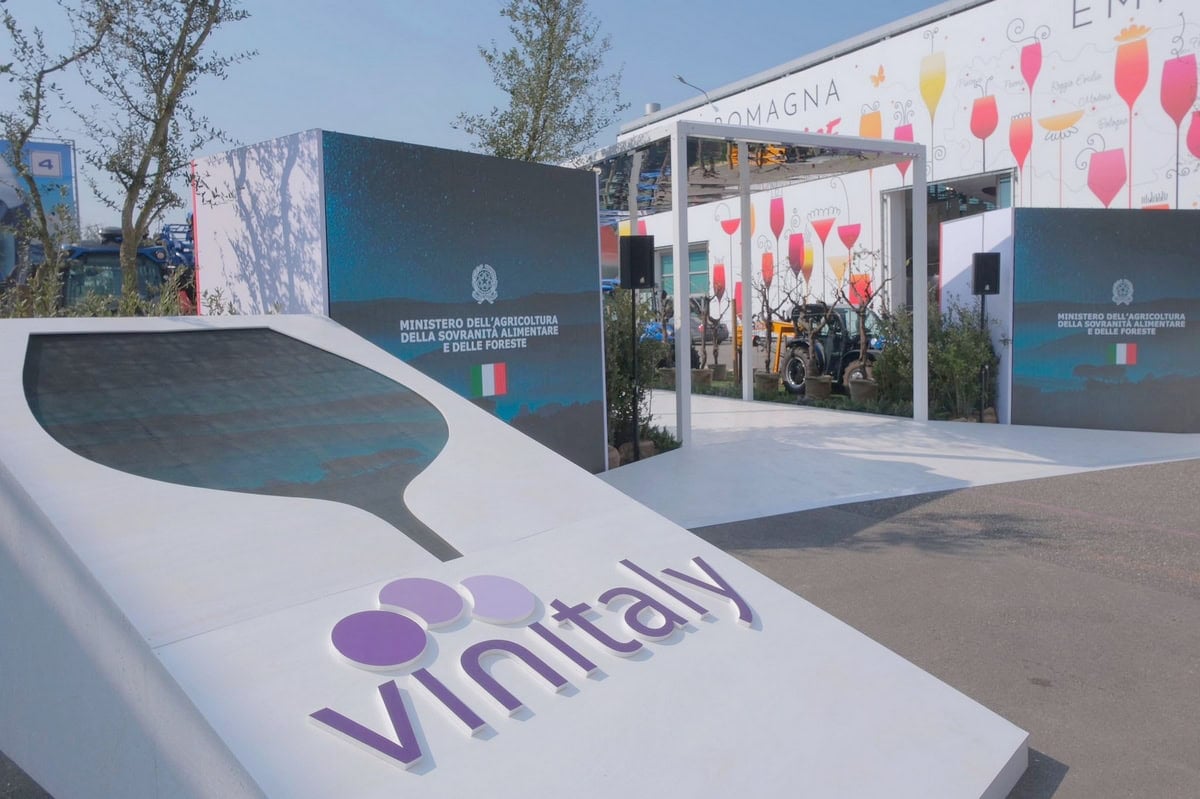 The “Tariff Vinitaly” closes with 97,000 attendees: one third from abroad. See you on 12 April 2026
The “Tariff Vinitaly” closes with 97,000 attendees: one third from abroad. See you on 12 April 2026
